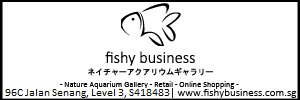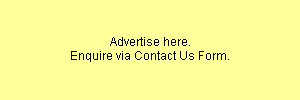First, what are you going to use for that pH=7 buffer? Distilled or RO water are never even close to 7, except by some accident. Usually, they read about 6 after being exposed to atmospheric CO2.
Mineral water doesn't have any guarantee of stable buffering, so it will change over time, from bottle to bottle, and shipment to shipment, or brand to brand.
pH calibration solutions are complicated buffered solutions, designed to resist the errors that slight probe contamination could cause. They really are very cheap if you do not buy them from a rip-off store. Look to chemical supply places, particularly those servicing schools. You may find they are far cheaper than getting the wrong results and killing a bunch of fish.
The pH=4 buffer is also a superb probe cleaner. Get it and 7 as a minimum. You can get the 10 and see how far off linear your meter is, but it really doesn't add much to what you want to know. The 4 will allow calcification to be soaked off, if your probe has been used in hard water and allowed to dry. The range where accuracy matters is usually between 4 and 7 for setting up your CO2 delivery system.
Let pH get above 7 very far and accuracy becomes secondary. You just don't want to be there unless you know for absolute dead certain sure that you have no (zero that is) ammonia whatsoever. Even 5 ppb of ammonia is enough to damage gills and stunt babies. That is about 50 times lower than any LFS ammonia kit can detect. Harmless ammonium ions turn to ammonia at higher pH so anything above 8 is really risky. At a pH of 9, there is 50 times as much ammonium turned into deadly ammonia as at pH of 7.
Wright
01 760 872-3995
805 Valley West Circle
Bishop, CA 93514 USA








 Reply With Quote
Reply With Quote



Bookmarks